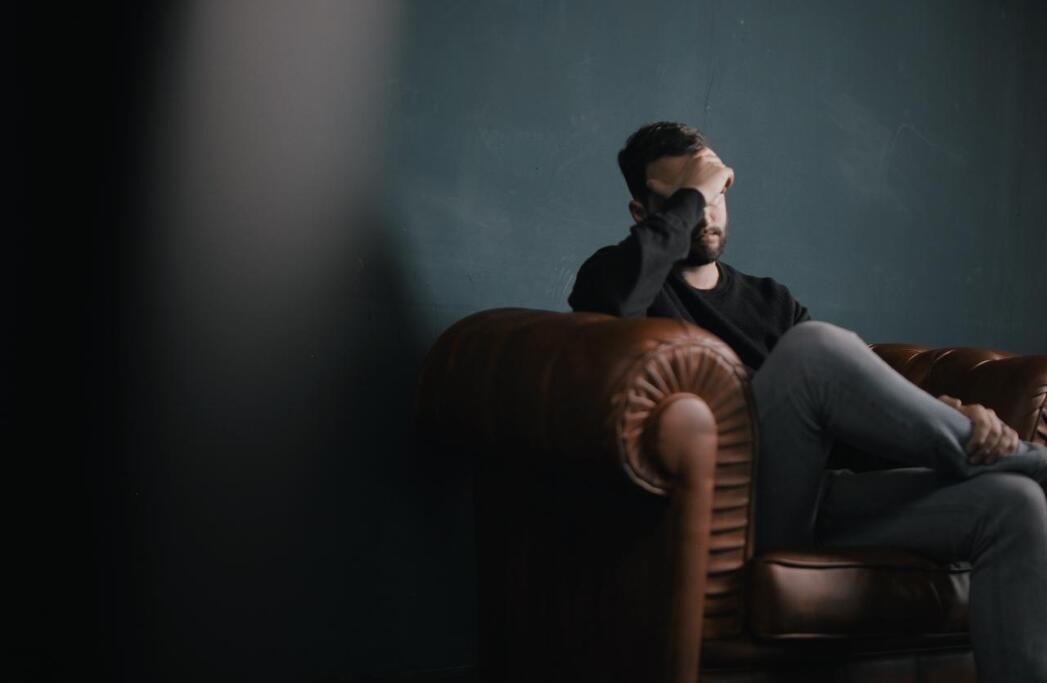
The art of pottery is oftentimes described as therapeutic and relaxing. “ Clay Therapy “, is unique in that it combines the act of creating with the mental health benefits of art therapy. It also helps combat depression by encouraging self-expression and creativity while enhancing one’s sense of self worth.

The participants were split into two groups. Individuals in one group engaged in traditional visual arts and crafts with social workers or tutors; in the other group, they learned to create ceramic objects from trained art therapists who were experienced in working with clay. This latter group employed various ceramic techniques and processes like kneading, making pinch pots, glazing, and firing, and eventually graduated on to making small ceramic sculptures.
“These sculptures were associated with their significant life experiences, loved ones, or embodied inner self-representation,” Nan explains. “This exercise helps patients utilize various neurological functions, like visual judgment, sensory motor processes, and high level of cognitive functions.” These decisions and judgements could relate to a participant’s choice of color or the particular formal qualities given to an object.
Hong Kong-based art art psychotherapist and assistant professor at the University of Hong Kong Joshua K.M. Nan recently devised a study to measure the effects of clay art therapy (CAT) on adults with major depressive disorder (MDD). A potter himself, Nan had observed that his patients enjoyed working with clay, and recognized that “art therapy literature has documented very little on the therapeutic effects of pottery work, especially with more rigorous scientific methods of research.”
In 2016, he conducted the study alongside Rainbow T. H. Ho, a fellow professor at the University of Hong Kong. Their findings, published in the Journal of Affective Disorders in April 2017, suggest that creating objects out of clay can help adults with MDD to improve mood, decision-making, and motivation.
The World Health Organization projects that by 2030, depression will affect 350 million people and become the “leading cause of disability-adjusted illness in the world.” Yet individuals suffering from depression currently have little option but to take antidepressants (which can cause negative side effects). Nan and Ho proposed CAT as a viable alternative treatment.
They hypothesized that CAT could alleviate elements of depression in adult outpatients with MDD and predicted that through engaging with clay, participants would “be able to improve their general health, holistic body-mind-spirit (BMS) well-being, and cognitive ability to articulate feelings,” Nan says.
The method is designed to actively engage depressed individuals both physically and mentally through a variety of exercises with clay, ranging from simple to progressively more complex projects. Through the process, the theory goes, adults can discover new ways to understand and express their thoughts and emotions.
For the study, Nan and Ho recruited 106 adults from mental health outpatient clinics in Hong Kong. Aged 18 to 60, the patients in this sample set had been diagnosed as having at least a mild form of depression.
Throughout the study, Nan notes, they used quantitative methods to measure various aspects of emotion regulation, like positive and negative mood, and interactions between cognition and emotion—all of which “are closely related to the conventional understanding of the signs and symptoms of Major Depressive Disorder.” They found that those who were taking CAT had lower levels of depression and improved “daily functioning, general mental health, and holistic BMS well-being.”
CAT, Nan found, activates patients’ “innate creative abilities” and transforms negative emotions (such as despair or despondency) into positive ones (like hope, surprise, satisfaction, and joy). What sets it apart from other forms of art therapy, he believes, is clay’s distinctive malleability and the physical exertion it requires.
“It is especially significant that CAT has shown effects on the abilities to arouse positive emotion in MDD individuals,” he continues, adding that these areas are particularly valuable given that depression prohibits the ability to generate positive emotions and memories.
He notes, however, that as with the consumption of antidepressants, art therapy and CAT must be practiced for a significant period of time before an individual can feel their effects.
But, in his estimation, the benefits of finding one’s artistic potential through clay can far outweigh the necessary commitment to the medium. “The experience of witnessing how clay transcends into a beautifully glazed ceramic art piece after firing,” Nan notes, “is parallel to the transformative process of discovering an artist’s identity after carrying a stigma of mental illness.”
We are always excited to see artists using art as a way to express themselves. The artistic side of the human mind is an incredible tool for self-expression. It is always exciting to see people using art as a way to express their own personal story. We hope that the post has been able to help you see some of the ways that clay can be used as a therapeutic tool. If you have any questions about clay art therapy, please feel free to contact the team at [email protected]. Thank you for reading, we are always excited when one of our posts is able to provide useful information on a topic like this!